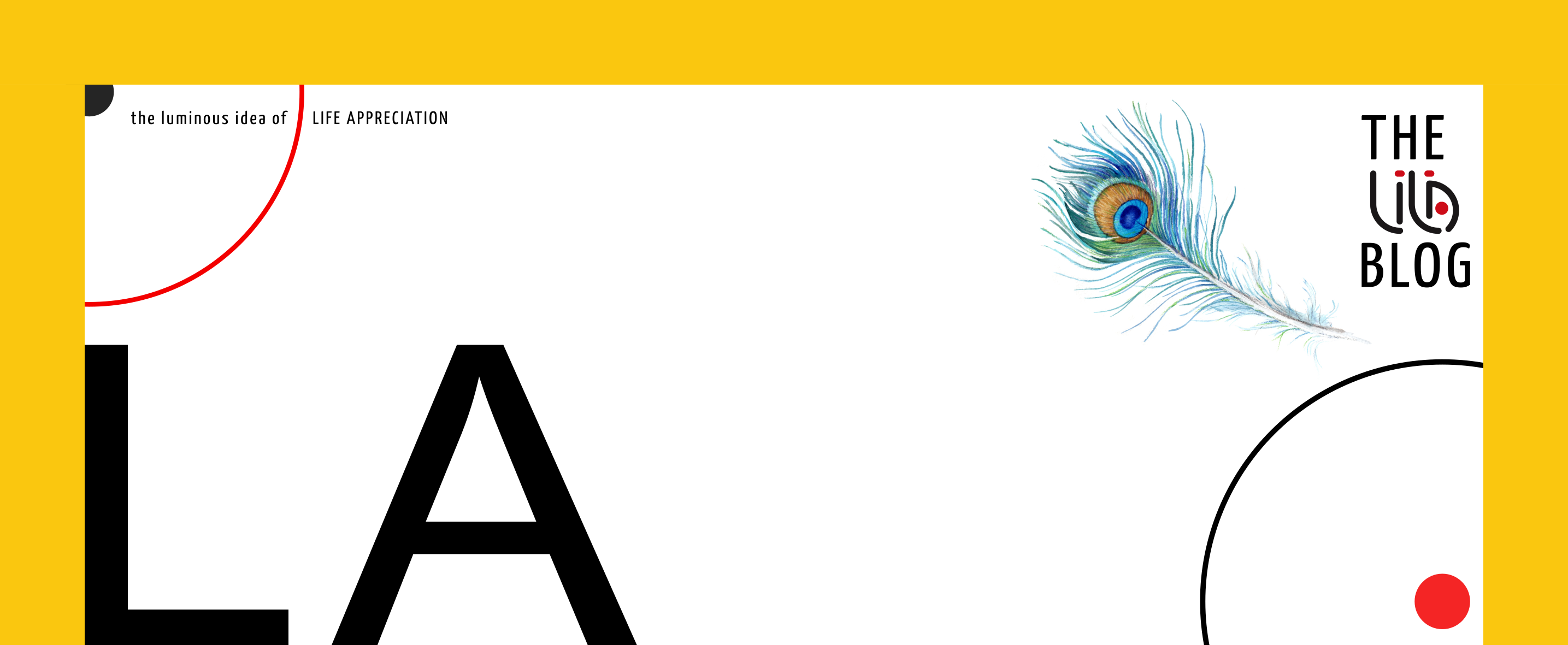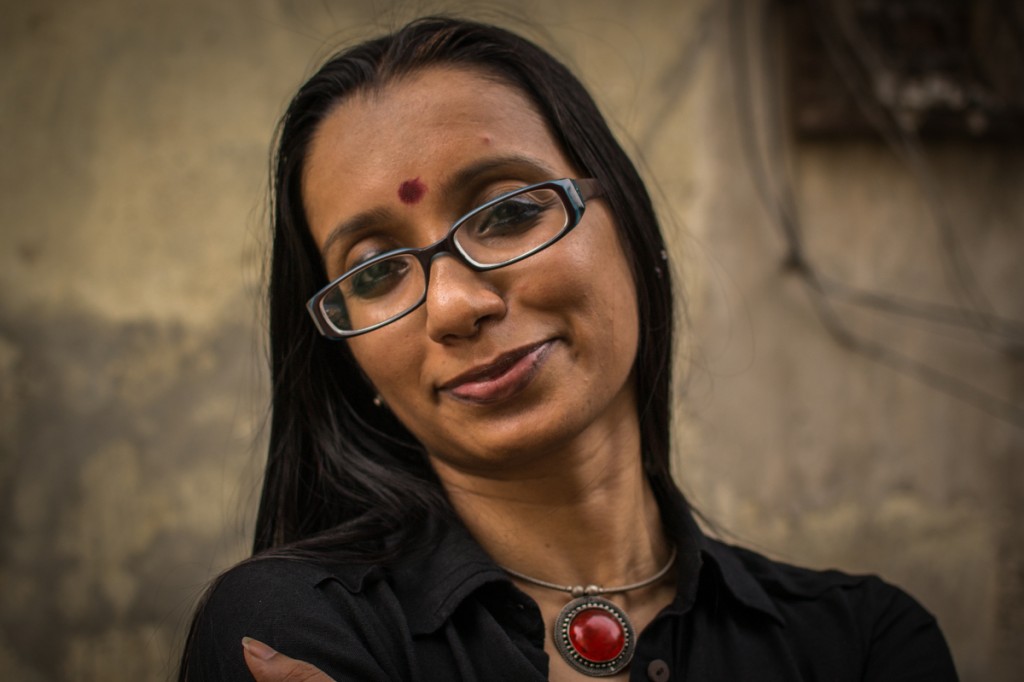
SECTION
4th Anniversary Special Editorial
Four Seasons of Thought, and Manifold Dreams Manifesting
31 July 2016・Rizio Yohannan Raj
 Mitron:
Greetings from LILA!
Four years have passed, four summers, with the length of four long winters…That adaptation of Wordsworth could well sum up the feeling we share at LILA today. It seems incredible that an organization like LILA, which functions as an absolutely voluntary people’s movement, has been able to play out its foundational aspirations in such a beautiful way.
LILA has been a rigorous quest as well as a truly light-hearted play since its inception on 2 August 2012. It was the day of the Rakshabandhan that year—and four years hence in 2016, on another Raskshabadhan day, 18 Aug, we are opening the 4th edition of LILA PRISM, which has arguably become Delhi’s most loved annual interdisciplinary public lecture series.
LILA PRISM 2016 revolves around the theme Institution as Practice, and it is a milestone reached after four years of participatory thinking on development, Indic cultural continuums, and transformative governance, involving some of the country’s best minds in various fields, who have become active stakeholders in our movement. This moment, when we open our hearts to thank everyone who has contributed to this performative enterprise for relevant thinking-doing, we also realize that it converges with a transitional movement in LILA’s own quest as a non-institutional institutional practice.
Since Aug 2013, when we launched the LILA PRISM series, we have been engaged in interlinking cultural research, community-based transformaction and archiving/conservation towards creating and nurturing sustainable governance models germane to our country, and the world at large. Towards this, LILA keeps designing organic methodologies of governance in and across various fields. It curates public interface programmes, Life Appreciation Workshops, publications and projects. Apart from PRISM, we have created many other platforms such as a cultural banner, LILA Bearing Witness; a reflective thinking forum, LILA Menso, an artist conversation platform, Kaapi LILA; a films wing LILA Lumieres. Our programmes and publications including our latest blogspace LA, have gained tremendous goodwill and credibility among audiences, as we engage a variety of experts and institutions, and common people as stakeholders in our cause.
At LILA, we have systematically developed our audience base and its demographic scope is large and varied — professionals, social scientists, academics, students, government functionaries, management experts, scientists, artists, policy makers…Our world-wide thought and transformaction connective stemming from an ambitious vision of organic governance for the new world, LILA Terra-Sutra, invests itself in discovering, nurturing, celebrating, distributing, renewing and conserving resources in various fields of knowledge and creativity, so that the possibility of equitable and ecological living becomes apparent and integral to every human being.
As we move on to our fifth year, and are immersed in expanding our work to more geographies, we would like to thank everything and everyone that has made this play possible, and raise our hearts in advance to everything and everyone who will come along to help us take wing.
On our fourth birthday, Viva LILA-Jai Hind-Vazhka Makkal!
Heartily
Rizio
Mitron:
Greetings from LILA!
Four years have passed, four summers, with the length of four long winters…That adaptation of Wordsworth could well sum up the feeling we share at LILA today. It seems incredible that an organization like LILA, which functions as an absolutely voluntary people’s movement, has been able to play out its foundational aspirations in such a beautiful way.
LILA has been a rigorous quest as well as a truly light-hearted play since its inception on 2 August 2012. It was the day of the Rakshabandhan that year—and four years hence in 2016, on another Raskshabadhan day, 18 Aug, we are opening the 4th edition of LILA PRISM, which has arguably become Delhi’s most loved annual interdisciplinary public lecture series.
LILA PRISM 2016 revolves around the theme Institution as Practice, and it is a milestone reached after four years of participatory thinking on development, Indic cultural continuums, and transformative governance, involving some of the country’s best minds in various fields, who have become active stakeholders in our movement. This moment, when we open our hearts to thank everyone who has contributed to this performative enterprise for relevant thinking-doing, we also realize that it converges with a transitional movement in LILA’s own quest as a non-institutional institutional practice.
Since Aug 2013, when we launched the LILA PRISM series, we have been engaged in interlinking cultural research, community-based transformaction and archiving/conservation towards creating and nurturing sustainable governance models germane to our country, and the world at large. Towards this, LILA keeps designing organic methodologies of governance in and across various fields. It curates public interface programmes, Life Appreciation Workshops, publications and projects. Apart from PRISM, we have created many other platforms such as a cultural banner, LILA Bearing Witness; a reflective thinking forum, LILA Menso, an artist conversation platform, Kaapi LILA; a films wing LILA Lumieres. Our programmes and publications including our latest blogspace LA, have gained tremendous goodwill and credibility among audiences, as we engage a variety of experts and institutions, and common people as stakeholders in our cause.
At LILA, we have systematically developed our audience base and its demographic scope is large and varied — professionals, social scientists, academics, students, government functionaries, management experts, scientists, artists, policy makers…Our world-wide thought and transformaction connective stemming from an ambitious vision of organic governance for the new world, LILA Terra-Sutra, invests itself in discovering, nurturing, celebrating, distributing, renewing and conserving resources in various fields of knowledge and creativity, so that the possibility of equitable and ecological living becomes apparent and integral to every human being.
As we move on to our fifth year, and are immersed in expanding our work to more geographies, we would like to thank everything and everyone that has made this play possible, and raise our hearts in advance to everything and everyone who will come along to help us take wing.
On our fourth birthday, Viva LILA-Jai Hind-Vazhka Makkal!
Heartily
Rizio
Next article: Linguistic Particles: A Physics of Language
 |
Next Post
Previous Post
CATEGORIES
CONTRIBUTORS
BLOG TEAM
Chahat Rana
Blog Editor
Samuel Buchoul
Web Design

